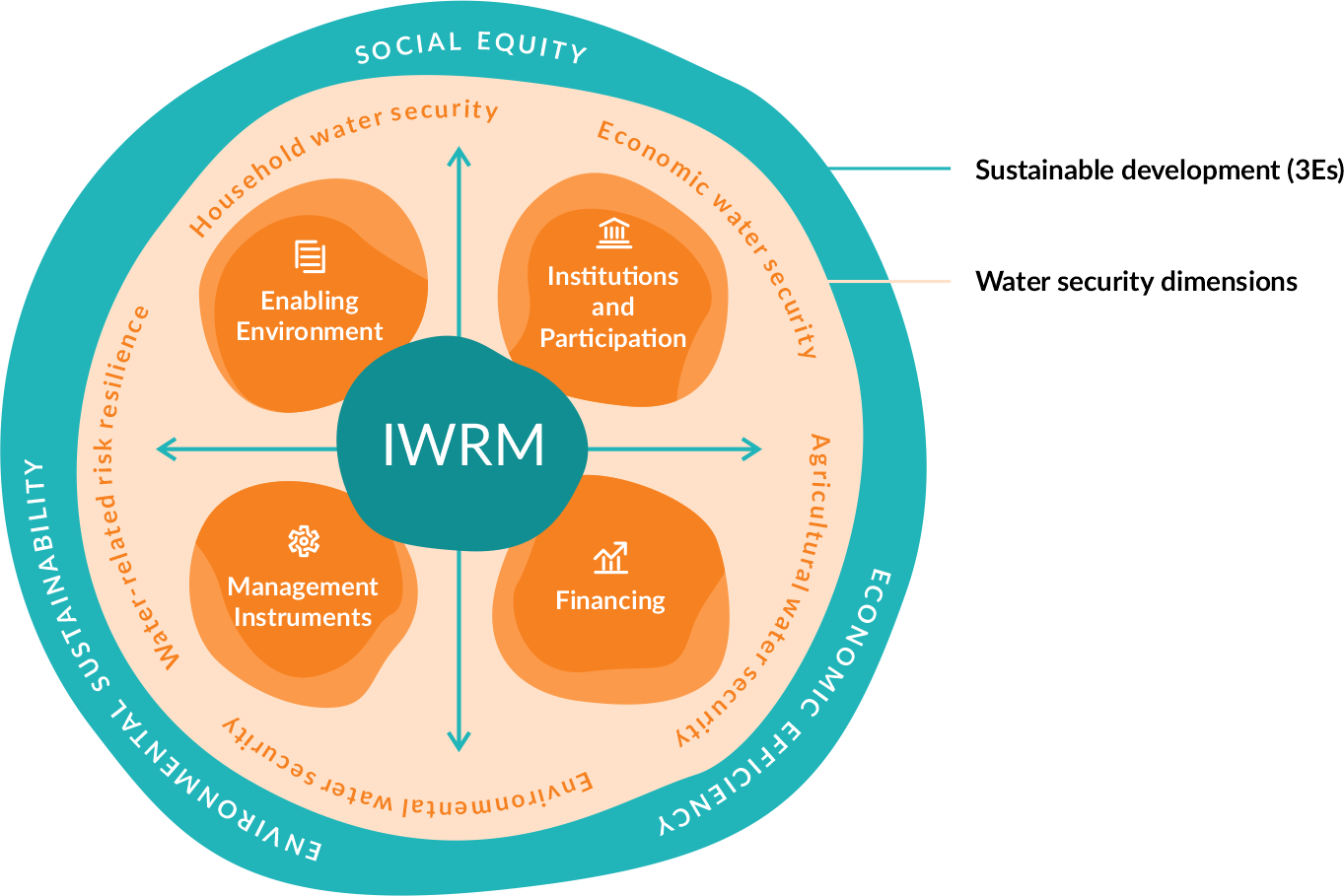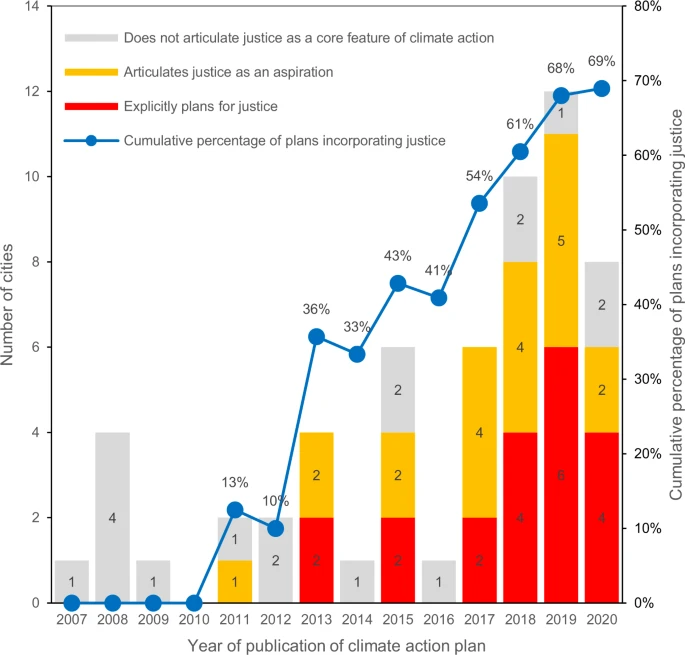What is Climate Justice?
Climate justice is a term that stimulates discussions on legacies of inequality and colonial exploitation (Williams et al. 2022). This concept encompasses, and extends to, water justice; a realisation of solutions that are contextually relevant and dependent on participatory decision-making processes (Sultana 2017). While water challenges are widespread, the production of sustainable and equitable solutions should consider temporal and spatial specificity. The Sustainable Development Goals (SDGS) attempted to acknowledge this criteria, through enforcing countries to produce regional action plans tailored to their sustainability problems. Nevertheless, progress towards SDG 6, 'Clean Water and Sanitation', has been hindered by insufficient political acknowledgement of the WASH sector and coastal communities (Corburn 2022).
Figure 1: Progress towards SDG 6 targets and projections for necessary action (Space4Water, 2021). Adapted from (UN, 2020).
Practicing Climate Justice
Within Bangladesh, a startling 70 million individuals are vulnerable to climate change. The repercussions of rising sea levels include reduced freshwater availability, saline intrusion of groundwater, and insufficient sanitation access. AOSED, a non-profit, centralises climate justice in their mission to address the disproportionate impacts of climate change on coastal communities. To specify, they promote multi-actor discussions on water security, integrated water resource management (IWRM), and mitigation of freshwater contamination by chemical pollutants. IWRM in isolation is an effective contribution to climate and water justice, for it considers asymmetries in water accessibility and tailors policy design to human and natural components of hydrological systems (Savenije & Van der Zaag 2008).
Figure 2: Integrated Water Resources Management Framework (IWRM Hub)
Transferring Approaches
The discussed example of climate justice proves transferrable to alternative countries, especially in the context of the African continent. With nations such as Mozambique and Tanzania exhibiting heightened vulnerability to unprecedented climate events, grass-root initiatives are essential for the sustenance of water security and resilient infrastructure (Williams et al. 2022). Moreover, the rising prominence of climate justice in mainstream media and policy (see Fig 3) presents a suitable platform for these efforts to be presented, celebrated, and adapted.
Figure 3: Prevalence of justice in climate policies in the US (Diezmartínez & Gianotti, 2022)
While this blog has communicated the severity of water crises relative to environmental change, I also aimed to shed light on promising initiatives working towards resilient and equitable water systems. It is challenging to deem any solution perfectly sustainable, as there are disguised power asymmetries and resource imbalances with any approach. Nevertheless, I hope that these posts have encouraged your exploration of novel dimensions of water and climate change, especially in the context of Africa.



No comments:
Post a Comment